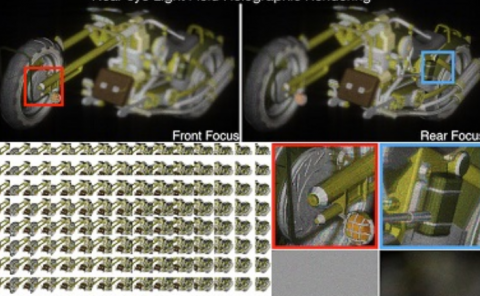Detection of real-time augmented reality scene light sources and construction of photorealis tic rendering framework
PubDate:
Teams: Xihua University;Zhongshan Torch Polytechnic College;Nanjing Normal University Taizhou College
Writers: Taile Ni, Yingshuang Chen, Shoupeng Liu & Jinglong Wu

Abstract
In this paper, the main network of multi-channel light sources is improved, so that multi-channel pictures can be fused for joint training. Secondly, for high-resolution detection pictures, the huge memory consumption leads to a reduction in batches and then affects the model distribution. Group regularization is adopted. We can still train the model normally in small batches; then, combined with the method of the regional candidate network, the final detection accuracy and the accuracy of the candidate frame regression are improved. Finally, through in-depth analysis, based on image lighting technology and physical-based rendering theory, the requirements for lighting effects and performance limitations, combined with a variety of image enhancement technologies, such as gamma correction, HDR, and these technologies used in Java. Real-time lighting algorithms that currently run efficiently on mainstream PCs. The algorithm can be well integrated into the existing rasterization rendering pipeline, while into account better lighting effects and higher operating efficiency. Finally, the lighting effects achieved by the algorithm are tested and compared through experiments. This algorithm not only achieves a very good light and shadow effect when rendering virtual objects with a real scene as the background but also can meet the realistic rendering of picture frames in more complex scenes. Rate requirements. The experimental results show that the virtual light source automatically generated by this algorithm can approximate the lighting of the real scene, and the virtual object and the real object can produce approximately consistent lighting effects in an augmented reality environment with one or more real light sources.


